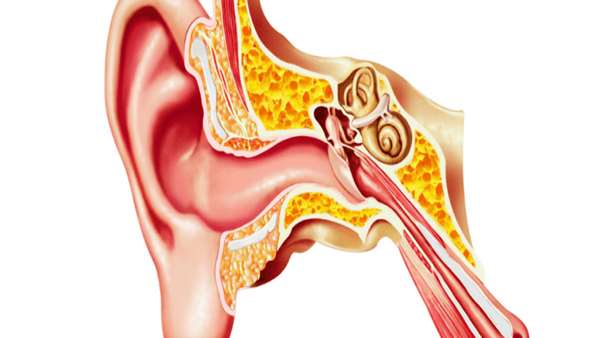By reprogramming the inner ear cells of mice, researchers have been able to produce hair cell-like cells in vivo.
Researchers from Massachusetts Eye and Ear Infirmary and Harvard Medical School (both MA, US) have forced the production of new hair cell-like cells from the inner ear cells of micein vivo. The research, published in Nature Communications, is a proof of concept study that the authors hope will offer the possibility of one day treating hearing loss in patients by forcing the replacement of the damaged cells.
Hair cells within the inner ear are fundamental to the detection and propagation of auditory signaling and damage to these cells can result in permanent deafness. Currently, deafness is one of the most commons forms of sensory deprivation in the world, affecting 37 million Americans, and the condition can dramatically hinder a patient’s quality of life. With no pharmacological treatments available, it has long been a hope of researchers to be able to induce the regeneration of damaged hair cells to treat the condition.
The team, led by Zheng-Yi Chen (Massachusetts Eye and Ear Infirmary and Harvard Medical School), have produced the new hair cell-like cells from inner ear cells by forcing them to divide and proliferate. Building on their earlier research, which demonstrated the potential of young mice to regenerate hair cells after damage, the team describes the forced activation of Myc and Notch signaling in the ear of adult mice resulting in the subsequent regeneration of hair cell-like cells.
By utilizing a Tet-on system, the team could control the overexpression of Myc and Notch, triggering the proliferation on demand. However, while the new mice developed cells that contained hair cell-like characteristics — including transduction channels capable of mechanical sensing and the ability to connect to auditory neurons — it is not possible to know if the cells properly detected and translated noise to the auditory neurons.
The team will continue to investigate drug-like molecules that may be able to induce division and regeneration, especially within the inner ear of larger animal models such as swine.
Ref: https://www.regmednet.com/inner-ear-cells-reprogrammed-to-regrow-hair-cell-like-cells/




ارسال به دوستان